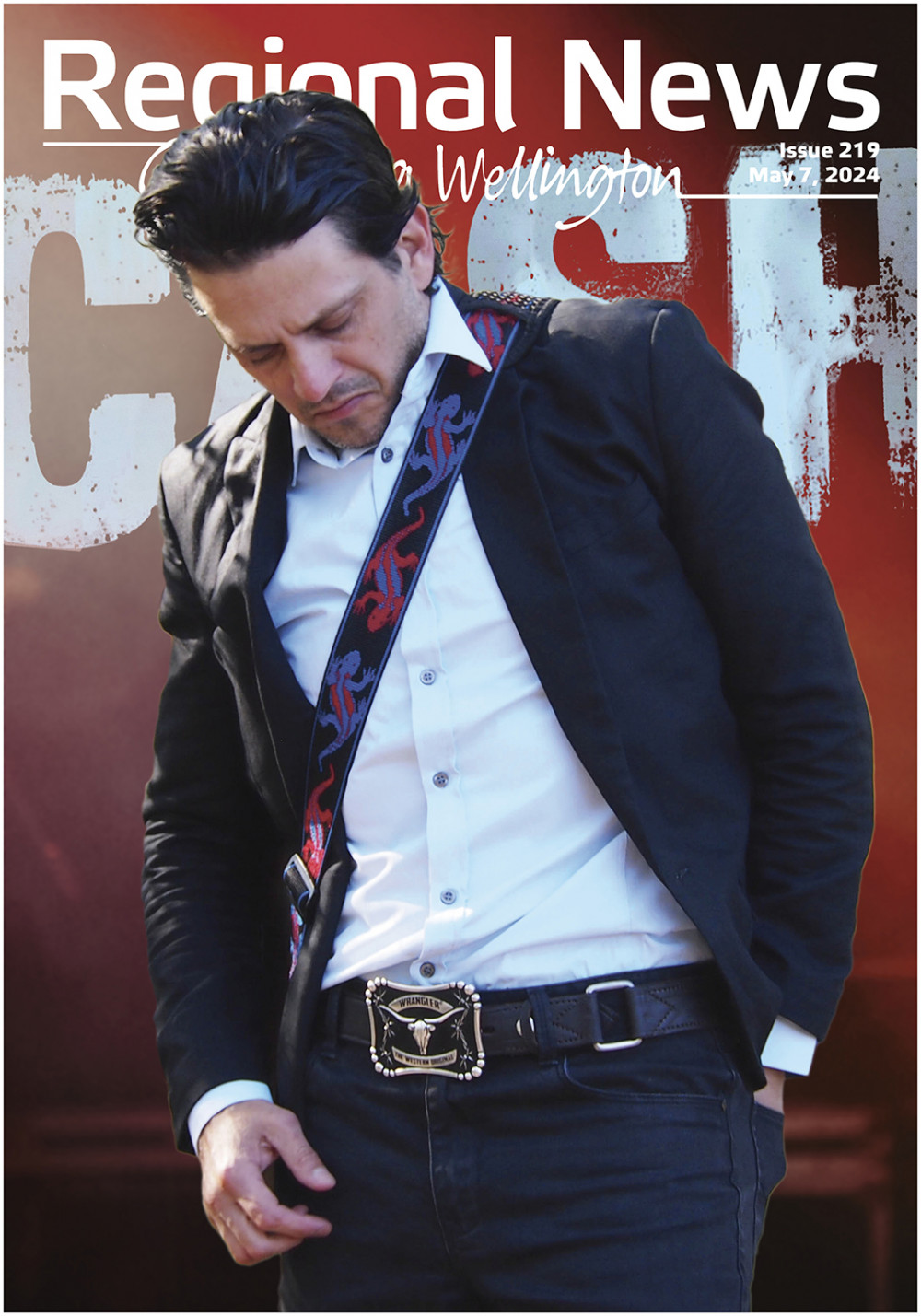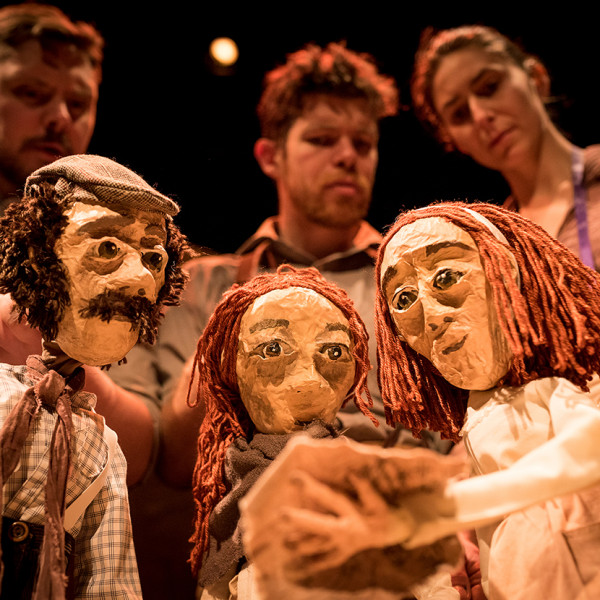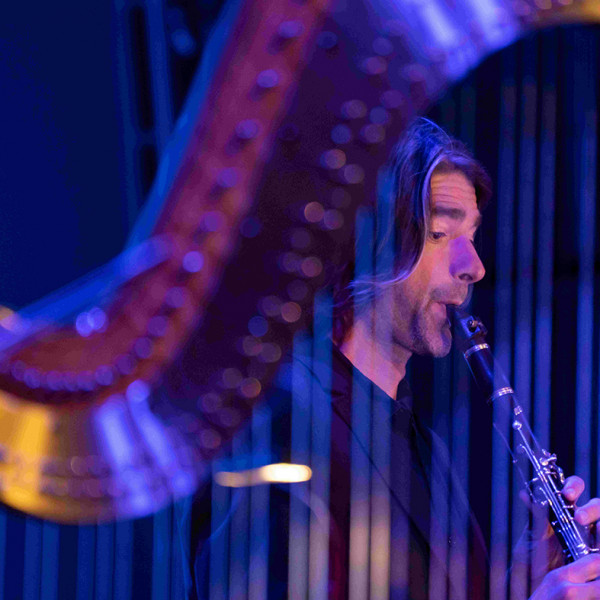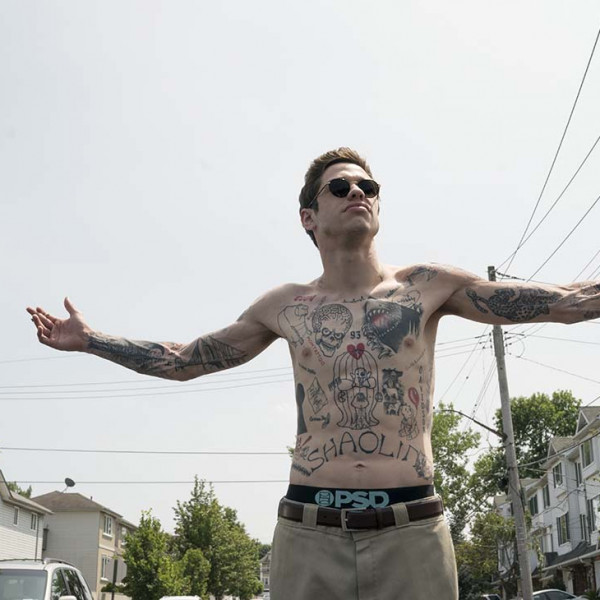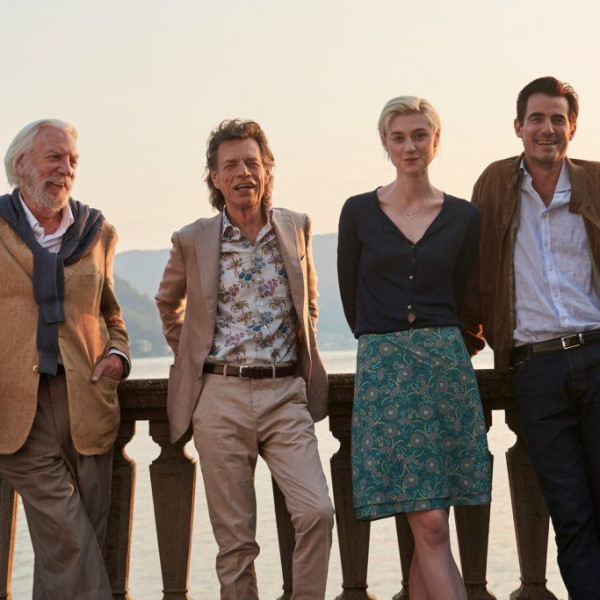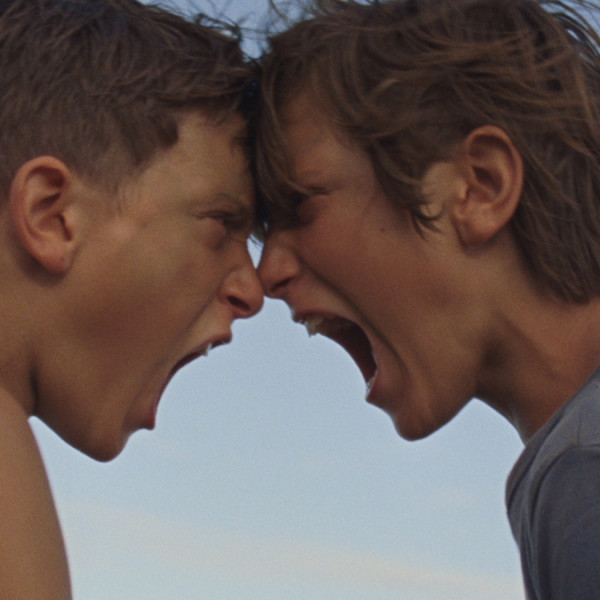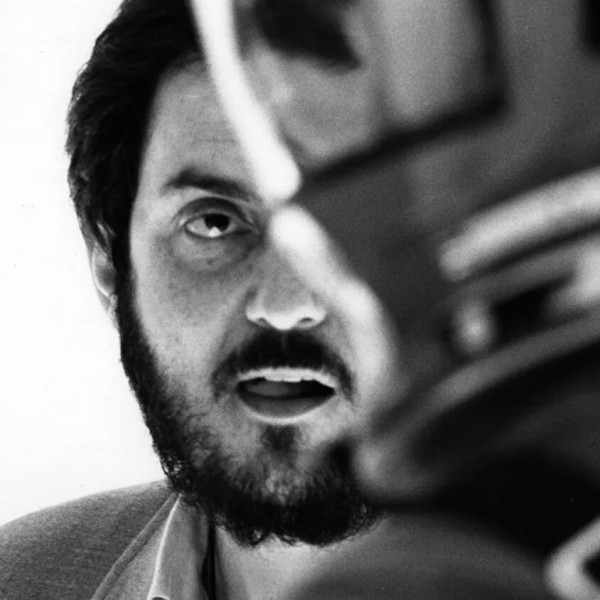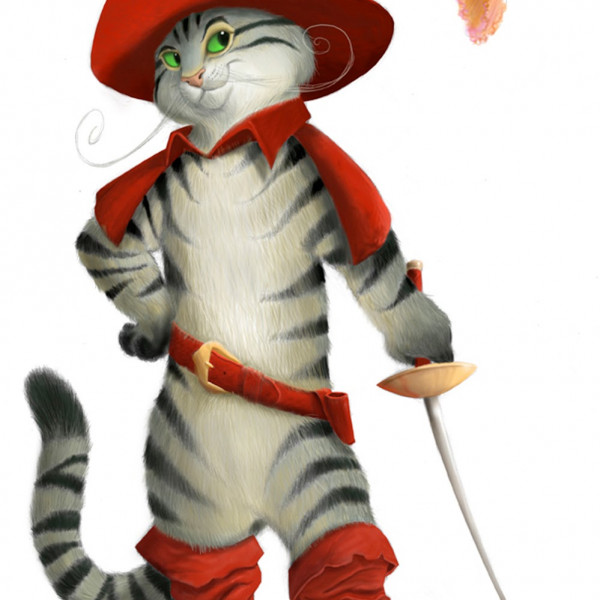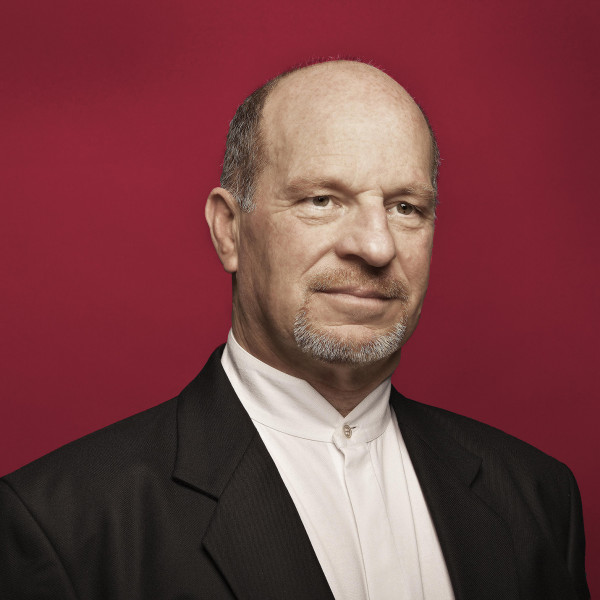
Houstoun Plays Rachmaninoff
Presented by: Orchestra Wellington
Conducted by: Marc Taddei
Michael Fowler Centre, 25th Jul 2020
Reviewed by: Dawn Brook
I heard it often, people saying “It’s nice to be back.” As Mark Taddei said, Orchestra Wellington may be the first orchestra in the world to resume its subscription series since COVID-19 enveloped us. Still, since the original soloist could not get here, the programme changed. The massive third Rachmaninoff piano concerto replaced the shorter fourth, so for reasons of programme length, we lost the Schumann Manfred Overture to complement the Tchaikovsky Manfred Symphony.
The bonus was having that icon of New Zealand music, Michael Houstoun, as replacement soloist. It was a disappointing night for him; using an electronic score, the technology developed a fault, requiring him to stop the performance and ask for it to be restarted. All credit to all performers; they picked up without fuss and completed the work without another glitch. To the audience it did not detract a jot from their appreciation of his forceful, lyrical, brilliant, and agile performance. He must have been on tenterhooks for the rest of the concerto but the audience was just glad that he too was back!
Tchaikovsky’s Manfred Symphony uses a huge orchestra including 12 frequently used brass instruments and a good array of percussion with wonderful opportunities for woodwind to add colour to the scenes being painted. Add in soaring strings, two harps, a chiming bell, and an organ and there you have a recipe for over-the-top romanticism that had my companion gurgling with suppressed laughter at times. It was pretty marvellous. Holding the whole together was the evocative Manfred theme, dominating the first movement in which the despondent anti-hero wanders in the alpine environment, then reappearing in the sparkling, magical second movement where a fairy appears to Manfred, and again as he is cheered by happy bucolic scenes, and then finally in the demonic bacchanal of the fourth movement.
Welcome back, Orchestra Wellington.



